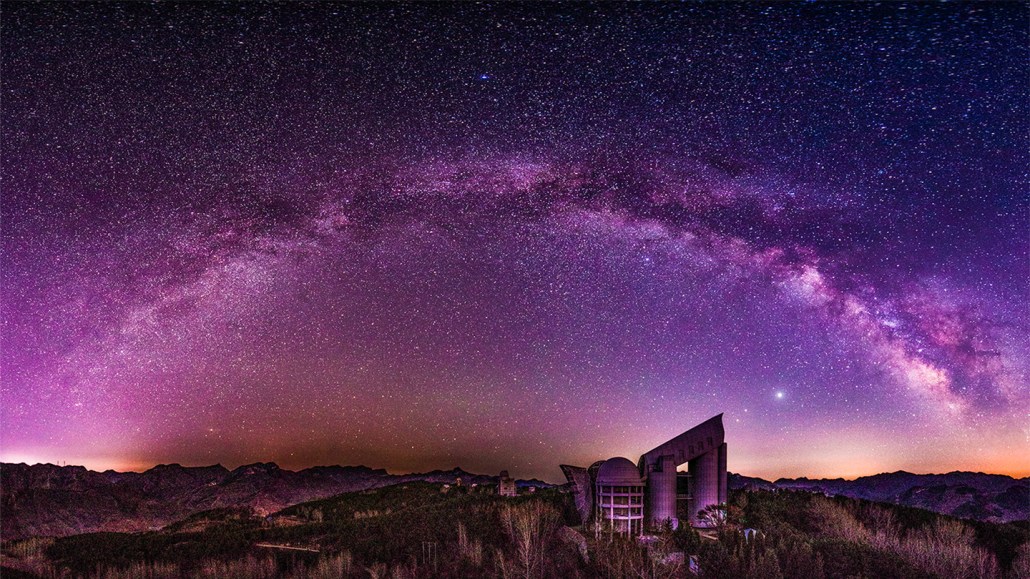Here’s the best timeline yet for the Milky Way’s big events
Our galaxy formed its original disk 2 billion years before its stellar halo

The Milky Way arches over the Large Sky Area Multi-Object Fiber Spectroscopic Telescope in China, one of the observatories whose data has revealed that our galaxy began forming a disk of stars surprisingly fast after the Big Bang.
Yingwei Chen